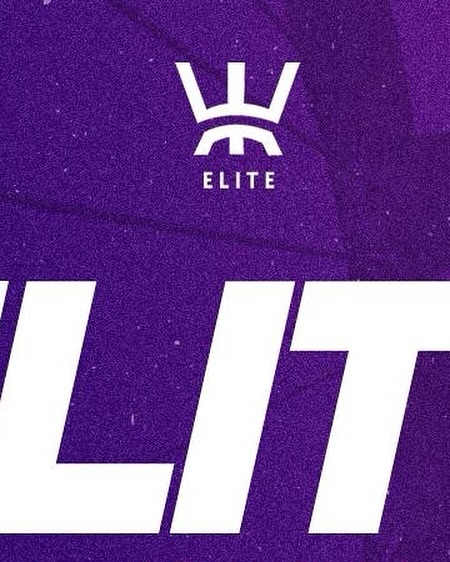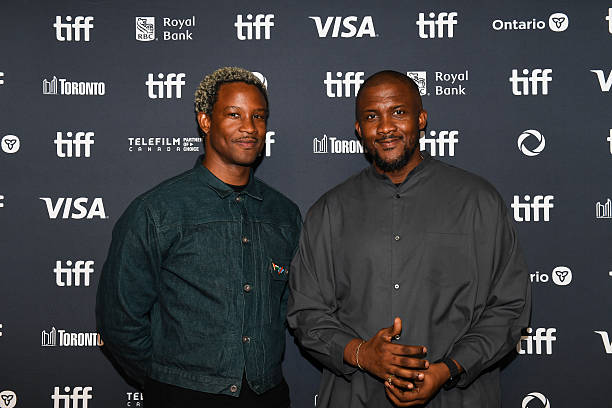
For any community, industry, or institution to thrive, it is paramount that a set of principles be laid down to guide the people’s affairs. Respect, fairness, honesty, trust, accountability, and transparency are some principles that ought to be present in any effective working environment. However, there are times when greed, selfishness, and, to a considerable extent, myopia prevent people from seeing the bigger picture. Thus, the tendency for abuse becomes inevitable.
The creative industry is no different. For years, creatives have had to watch on as decisions by certain individuals have crumbled and killed dreams and opportunities. The list extends to politicians who impose daunting policies/regulations, and investors who take advantage of certain creatives’ naivete to accrue wealth for themselves.
In recent times, we have seen how the FDA of Ghana has imposed a ban on celebrities from becoming brand ambassadors for alcoholic brands. The ban has seen many celebrities lose out on potential big-money deals because the government adamantly ignores how lucrative these deals can be for the ecosystem.
This same government has failed countless times to provide avenues and regulations that protect and cater to creatives across multiple fronts.
While these are large pieces of the puzzle, the seemingly small units that continue to break down the creative industry from within are often overlooked. If you have been on social media recently, you may have come across several tweets and posts from multiple creatives on how fellow creatives are taking advantage of them and exploiting them wrongly. Regardless of the particular creative field, the heinous pattern remains the same.
Exposure as a guise to avoid due payment
The term “exposure” as a means of payment for a creative’s work is a practice largely endorsed (especially in the formative stages of said creative), however more frequently than not, it has been bastardized by exploitative individuals who exempt ethical fairness in their modus operandi. Rather than pay conscientious and talented creatives the fees earned, the preferred option is the exploitation of creative enthusiasm.
While exposure has gotten many people to the top of the food chain within the creative space, the question that comes up usually is, “At what point is exposure alone not enough?” or, better yet, “How much work must one do to get paid”
“Service for Service”
To encourage collaboration among creatives, one skill that has been fueled is the act of service for service. Where creatives offer their services to others in exchange for their services. This has fostered collaborations and eased the burden of paying for services, which one can get for free just by offering back a service equivalent to what was offered to them. Despite the mutually beneficial nature of this skill, some creatives have still managed to find ways to use it to exploit other creatives. Due to a lack of a standard measure of quantifying someone’s creativity, this method has seen more creatives request for more than they give and by extension creating an imbalance and putting the next person at a disadvantage.
Discrimination and Prejudice
Whenever people speak of discrimination, their minds tend to shift to racism and other social and cultural settings, but as I truly say to you, discrimination and prejudice happen within the creative space. For people who should know better that creativity has no race, ethnicity, or nationality, creatives are perplexingly one of the most discriminatory bunch. People will belittle or undermine you just for how you look, where you are from, or the people you associate with without taking into account how well you do your work. The pieces of classism exhibited within the creative space are ones that continue to rob people of quality work and results. People are easily swayed by one’s aesthetics, so much so that they will readily pay a well-packaged creative with less skill and knowledge and underpay or take away opportunities from highly skilled and knowledgeable creatives because they are not well-packaged or identify with a particular group.
Lack of Transparency
Without taking anything away from the already-mentioned situations, one cancer that is fast-killing creatives is the lack of transparency. For any situation mentioned that creates an unsafe environment for creatives, the core of it is a lack of transparency. Any person who is transient breeds grounds of trust, honesty, and understanding. For far too long, creatives have called out their colleagues who withheld sensitive information from them while they worked or offered a service. The truth only became clearer during the period of performing said service or after the service was done.
Conclusion
As creatives, we are protectors of each other and the people who join forces to build a safer and more profitable environment for ourselves. It would be difficult to present a united front to fight against institutions making life harder for creatives if we eat up each other from within.
As such, it is imperative that we start treating each other as we mean to be treated. While what we create is art, we must not lose sight of the fact that art is not created in a vacuum. Whatever someone creates, they aim not only to express themselves but also to educate, entertain, and to a large extent generate revenue. As such, it would be cruel to take food off another person’s plate and then turn around to blame the system for not supporting creatives enough when creatives themselves are not supporting each other enough.




